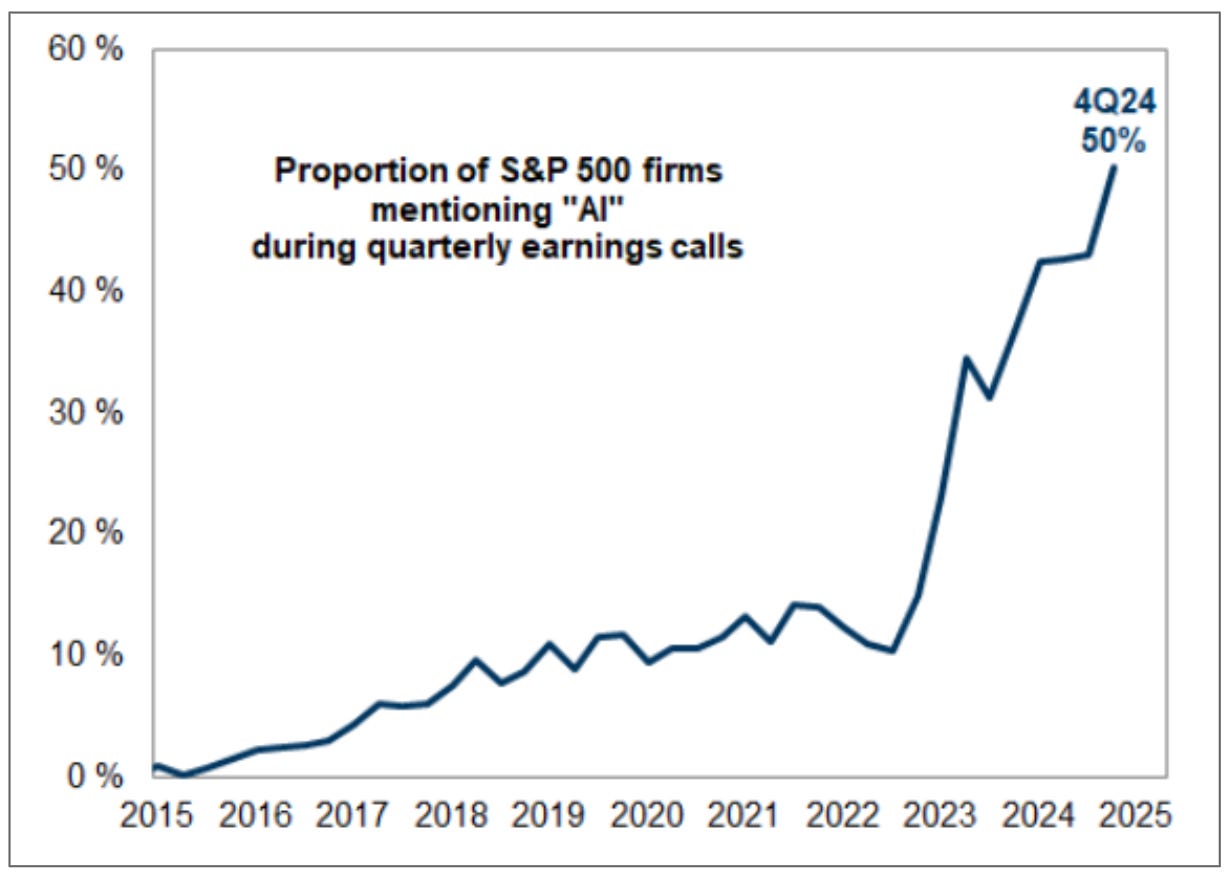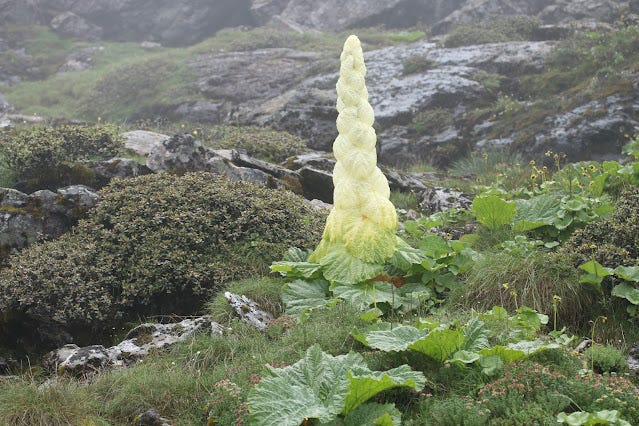Transmission #68: Mary Meeker, Noble Rhubarb, and Linear No-Threshold radiation.
Design, ideas and other flotsam.
Hello and welcome.
Back with another sprinkling of links to read. Was saddened by the news that Pocket, the lightweight read-it-later app is shutting down. It has been part of my internet for over a decade, helping me capture, file and tag something like 10,000 links over that time. Yet the fact that I’ve never once been inclined to pay for it points to its underlying business model challenges, which appear to have finally come to a head.
Regardless, vale Pocket. A vestige of a simpler internet.
Keen to know what others are using?
x
Marty
I’m building Ciclo Strategy, a platform to help busy organisational leaders create successful strategies and seamlessly operationalise them within their orgs.
If this is something you’ve been crying out for, check out www.ciclostrategy.com or reach out directly.
Trends – Artificial Intelligence
Mary Meeker, Jay Simons, Daegwon Chae, Alexander Krey • Bond Capital
Mary Meeker is back! Back in the day, Mary Meeker was famous for producing peerless, chart-packed yearly state-of-the-market decks detailing the changes in tech. Now she’s pulled together a gargantuan 340 page deck with the central theme that the AI wave is truly unprecedented and we are headed somewhere, fast.
Just a few highlights: AI systems are better than most humans at many, many things already…
…they are spreading incredibly quickly…
…and everyone is out to make a buck on the back of it.
There’s so much more in this pack. If charts and tech are your thing, you’re in heaven. Highly recommended.
On a slightly related note, as part of court filings, OpenAI had to release its internal strategy documents the public. Redacted, but interesting nonetheless.
The Noble Rhubarb: Himalayan Marvel of Nature’s Ingenuity
Kuriositas
This is not just your regular everyday rhubarb. It’s 2m tall, lives in the inhospitable Himalayan alps, and grows its own form of a glasshouse around itself, in what are called bracts:
they form a protective layer against the wind, the cold and ultraviolet radiation (which is higher at this altitude), acting to all intents and purposes like a tent. However, sunlight can pass through these bracts which then creates a greenhouse effect inside, allowing the stem and flowers to grow and thrive at a much higher temperature than their surroundings. The result is a microclimate which supports the plant’s growth and also attracts pollinators.
The Bad Science Behind Expensive Nuclear
Alex Chalmers • Works in Progress
We all want safe energy. Well, I do, at least.
But what about nuclear? Putting waste disposal and ever-present potential for catastrophe aside (large caveat there), can nuclear ever really operate at a ‘safe’ level? What is a safe level of radiation anyway?
There has been an underlying assumption that there is no ‘safe’ level of radiation that can be tolerated by humans. And while this may not be accurate at all, it underscores regulation and increases cost, creating one of the largest stumbling blocks towards cheaper, safer, more accessible, carbon-free nuclear power.
Thanks for reading! See you soon!








“Wait, there is more” I never thought I’d be so engrossed in an article about Himalayan rhubarb 🫰🏽